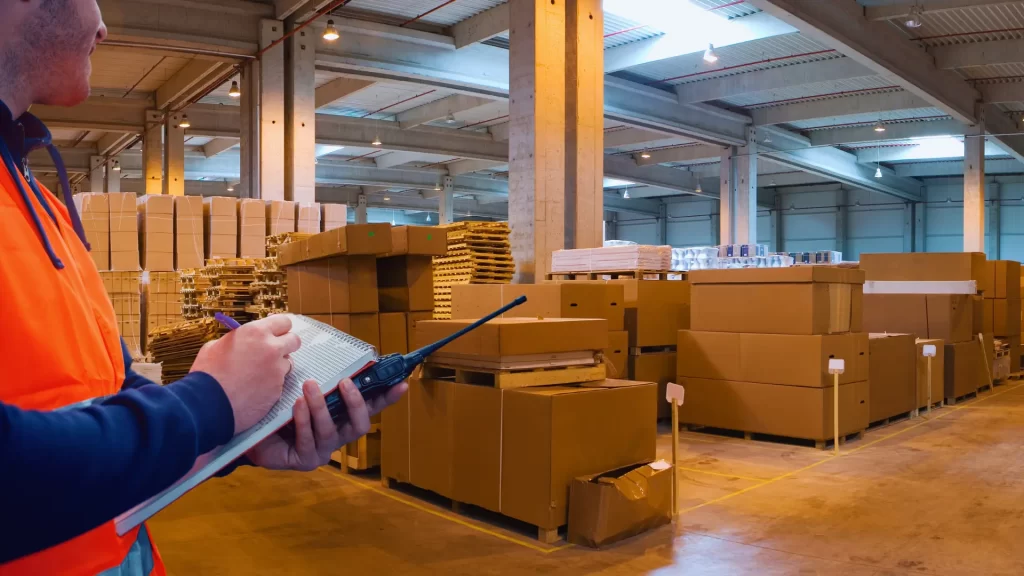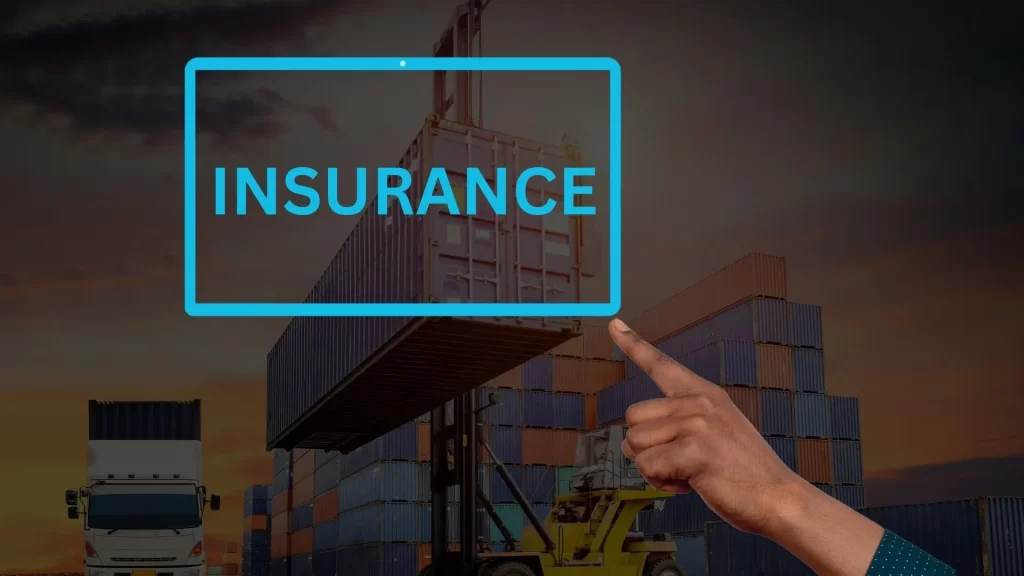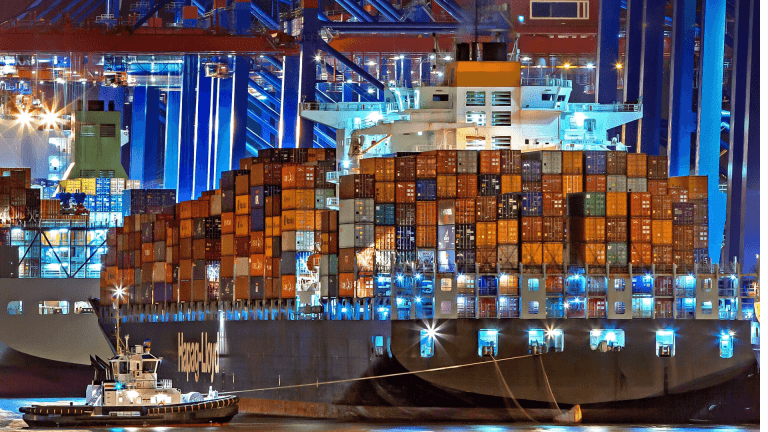Are your shipping costs cutting into your bottom line? Then let’s discover how improving Less than Container Load shipping (LCL) can save your business money.
Shipping less than a full container load (LCL) can be a headache for Australian businesses. The process involves many details to manage. However, with the right strategies, you can simplify your LCL shipments and ensure your cargo arrives safely. Therefore, this guide will walk you through the key steps to make your LCL shipping experience smoother and more cost-effective.
For a more in-depth look at LCL shipping, don’t forget to check out our main article, “Conquer Complexity: Your Guide to Successful LCL Shipping for Australian Businesses.” It’s full of valuable insights to help you navigate the entire LCL journey.

What is Less than Container Load?
LCL, or Less than Container Load, shipping is when you share container space with other businesses. Instead of paying for a full container, you only pay for the space your cargo takes up. This option is especially valuable for small to medium-sized businesses that don’t need a whole container for their goods.
However, LCL shipping needs careful planning because of packing, consolidation, customs, and possible delays.
Minimum and Maximum LCL Shipment
There’s usually no strict minimum size for LCL shipments. However, carriers often have a minimum chargeable weight or volume. For example, you might need to pay for at least 1 cubic meter, even if your shipment is smaller.
The maximum LCL shipment size is naturally the same as a full container. Once your cargo reaches that point, it’s more cost-effective to choose FCL.
Packing and Consolidation
To get the most out of your LCL shipment, you need to start with smart packing and effective consolidation. Think of it like a game of Tetris, where every centimeter counts.
- Measure It Right: Firstly, accurate measurements are key. Even a small mistake can lead to extra costs and logistical challenges.
- Team Up: Secondly, consider partnering with other businesses shipping similar goods. Sharing a container can significantly lower your shipping costs. Moreover, your freight forwarder can help find compatible cargo.
- Pack Like a Pro: Thirdly, use sturdy boxes and plenty of padding. Proper packaging not only protects your goods but also helps maximise space. This ensures you get the most out of your Less than Container Load shipping.
Shipment Requirements
When shipping via LCL, there are specific requirements to keep in mind to ensure a smooth process:
- Compatibility with Other Cargo: Your goods must be compatible with other items in the shared container. Therefore, avoid shipping fragile or hazardous materials that could cause problems.
- Minimum and Maximum LCL Shipment: While there’s no strict minimum cargo size, carriers often have a minimum chargeable weight or volume, such as 1 cubic meter. On the other hand, if your shipment is close to the size of a full container, it’s more economical to choose Full Container Load (FCL) instead.
- Consolidation Process: Depending on your shipment, you might need to deliver your cargo to a Container Freight Station (CFS) for consolidation. This step is crucial for for grouping your goods with others for cost-effective transport.

Less Than Container Load Shipping Costs in Australia
Finding the exact average cost for LCL shipments in Australia is challenging. This is due to fluctuations in factors like fuel surcharges, currency exchange rates, and specific trade routes. However, Less than container load shipping is generally more cost-effective than FCL for smaller shipments.
How LCL Costs are Calculated
- Volume (CBM): Primarily, LCL costs are mainly determined by the cargo’s volume in cubic meters (CBM). Thus, more space equals higher costs.
- Weight: While not the primary factor, weight can influence costs, especially for dense cargo.
- Origin and Destination: Shipping between major ports is usually cheaper than less popular routes.
- Additional Charges: These include:
- Origin consolidation fees
- Origin CFS charges
- Ocean freight
- Destination CFS and consolidation fees
- Customs duties and taxes
Packaging for Less than Container Load Shipments
Proper packaging is like insurance for your goods. It keeps them safe throughout their journey.
- Choose the Right Box: While cardboard boxes are usually sufficient, wooden crates might be better for fragile or heavy items.
- Cushion It Up: Also use bubble wrap, packing peanuts, or foam to protect delicate items from bumps and shakes.
- Label Clearly: Moreover, clearly label each box with its contents, weight, and any special handling instructions. Proper labeling makes customs processing smoother.
- Use Strong Pallets: If you’re using pallets, make sure they are strong and secure to handle the weight and protect your cargo.
Insurance Coverage

Imagine your cargo getting lost or damaged—ouch! That’s why insurance is a must.
- Know the Value: Firstly, the higher the value of your cargo, the more insurance coverage you should consider.
- Choose the Right Coverage: Secondly, there are various types of insurance available. Select the one that best suits your needs.
- Shop Around: Thirdly, get quotes from different insurers to find the best deal for your specific shipment.
Documentation and Customs Clearance
While insurance helps reduce risks, proper documentation and customs clearance are also crucial for avoiding delays and ensuring smooth delivery.
- Commercial Invoice: This document details what you’re shipping, its value, and who’s buying it. Therefore, ensure it is accurate and complete.
- Packing List: A detailed list of everything in each box, including weights and dimensions. Thus, it helps with inventory and customs processing.
- Bill of Lading: This serves as your shipping contract and receipt in one. Additionally, it confirms the details of your shipment.
- Export Permits: Some goods may require special permits. In this case, your freight forwarder can help you understand these requirements.
Since customs rules can change, it’s important to stay updated. Regularly check with the Australian Border Force for the latest information.
Additional Tips
Build Strong Relationships with Freight Forwarders
A good freight forwarder is worth their weight in gold. Also they can streamline your Less than container load shipping process, offer valuable advice, and help you avoid common problems. Thus, building a strong relationship with a reliable freight forwarder can greatly improve your shipping operations.
Consider LCL Consolidation Centers
LCL consolidation centers can be very helpful for your business. These facilities help you combine smaller shipments into larger ones, potentially lowering costs. By optimising the space in your shipment, you can save money and ensure your cargo is handled carefully.
Explore E-commerce-Specific LCL Services
If you run an e-commerce business, then consider LCL services tailored for e-commerce. These services often provide faster delivery times and simpler customs clearance, helping you meet customer expectations without overspending.
Specific Considerations for Australian Imports and Exports
- Import Duties and GST: Firstly, ensure you understand the import duties and Goods and Services Tax (GST) for your products. Therefore, proper classification and valuation are key to avoiding customs issues.
- Quarantine Restrictions: Secondly, Australia has strict biosecurity rules. So, make sure your goods comply with these regulations to avoid delays or penalties.
- Origin and Country of Manufacture: Thirdly, clearly state the origin and country of manufacture of your goods. This is vital for meeting import regulations and labeling requirements.

Stay Informed and Up-to-Date
The LCL shipping world is always changing. Thus industry trends, new technologies, and regulations can all affect your shipping operations. So stay informed and adjust your strategies to keep your business competitive.
By following these tips, you can simplify your LCL shipping, ensuring your cargo arrives safely and cost-effectively. Furthermore, working with a trusted freight forwarder experienced in Less than Container Load shipping can help you navigate this complex process and stay ahead of changing regulations. Ultimately, optimising your LCL strategy allows you to focus on what matters most—growing your business.
Less than Container Load Shipping Terminology:
LCL means Less Than Container Load. This means you don’t have enough cargo to fill an entire container. So, your goods are combined with others in one large container.
Consolidation happens when different people’s cargo is packed into one container. In contrast, deconsolidation is when the container is opened and everyone’s items are taken out.
Grouping agents are the people who put everyone’s stuff together in the container.
A CFS (Container Freight Station) is a special place where containers are loaded and unloaded.
FCL is the opposite of LCL. It means Full Container Load. In other words, this is when your stuff fills up a whole container by itself.
CBM (Cubic Meter) measures how much space your cargo takes up. For instance, it’s like measuring the length, width, and height of a box and multiplying them together.
Per W/M (Per weight or measure ) is how much you pay for shipping. This can be based on how heavy your stuff is or how much space it takes up.
Air freight refers to sending your cargo by airplane, not by ship.
